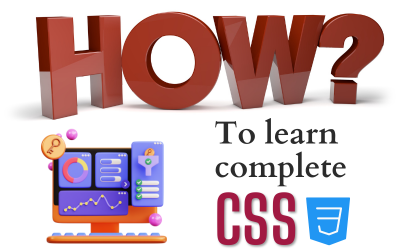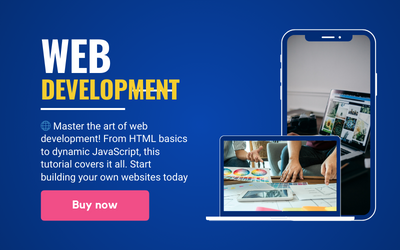CSS Full Course in (Hindi)
CSS serves the purpose of styling HTML documents, allowing developers to control the visual presentation of webpages, promote separation of concerns, enhance reusability, facilitate responsive design, ensure cross-browser compatibility, and improve accessibility for all users.
English
Last updated
Mon, 24-Jun-2024












